Own among strangers - 7. English suitcase without handle
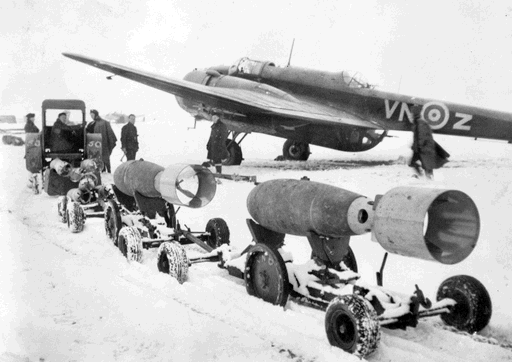
Summer 1942 of the year. After the defeat of the PQ-17 convoy, the British command nevertheless decided to attend to if not gaining superiority at sea and in the air of the northern direction, then at least bring it to a certain parity. Indeed, in fact, the Luftwaffe reigned supreme in the sky, and German submarines reaped the harvest among the ships of the northern convoys with impunity. And Tirpitz and his satellites continued to cause muscular relaxation in all the Lords of the Admiralty.
With the exception of the area of responsibility of the North fleet USSR, there it was problematic for the Germans to live and win victories, despite the extreme weakness of the SF and the formations attached to it.
So begins story War on the Eastern Front of our hero.
Hendley Page HP.52 "Hempden" (English Handley Page HP.52 Hampden).
Twin-engine torpedo bomber, the Royal Air Force of Great Britain. Together with “Wellington” and “Wheatley”, “Hempden” took part in the early stage of the war in Europe, participated in the first raid on Berlin and the first “raid of thousands of bombers”, raid on Cologne.
The most “modern” of the British twin-engine bombers, “Hempden”, nicknamed “Flying suitcase” (as well as “Frying pan handle” and “Tadpole”), turned out to be absolutely unsuitable for modern warfare in the air, so the word “modern” turned out to be no wonder in quotes. The losses incurred by the units armed with this masterpiece of aviation were so serious that Hampden was first demoted to night bombers, and at the end of 1942, it was completely removed from the weapons of the Royal Air Force.
The beginning of the creation of Hampden dates back to 1932, when the ministry aviation Britain announced a competition to create a new daytime twin-engine bomber. Handley Page won the competition with its prototype PP.52.
It is even difficult to imagine what happened to competitors if the competition was won by such a weak aircraft.
The first serial "Hampden" flew around 21 June 1938 g. From the prototype, this aircraft differed with a modified nose and a modified wing. Slightly increased the bomb bay, in which it became possible to hang two bombs of 2000 pounds (907 kg). For two more 500-pounders (227-kg) bombs there were holders under the wing.
LTH:
Modification "Hampden" TB.Mk.I
Wingspan, m 21,08
Length, m 16,28
Height, m 4,55
Weight, kg
Empty Aircraft - 5400
normal takeoff - 8800
maximum take-off - 10600
Engines: 2 "Bristol Pegasus" XVIII x 1015 l / s
Maximum speed, km / h - 406
Cruising speed, km / h - 350
Practical range, km - 3300
Fighting range with maximum load, km - 1920
Practical ceiling, m - 6920
Crew, pers. - 4
Armament: six 7,69-mm machine guns, bombs up to 1250 kg or one 907-kg torpedo
The composition of the aircraft’s small arms was repeatedly changed, the mechanized armored towers did not fit in the narrow fuselage, I had to confine myself to two hand turrets with twin 303 Vickers K machine guns to protect the rear hemisphere and two more such machine guns in the nose — coursework and navigator’s cabin.
In general, the aircraft turned out ... "Hurrican". Slow, poorly controlled, with weak weapons. The war in the air with Germany made Hampden a desirable goal for German pilots and anti-aircraft gunners.
Of the 1430 aircraft was lost in the battles of 714.
But let us return to the autumn of 1942, when, together with the 210 division, equipped with the Catalina amphibians, and the Spitfire division of the PRIV reconnaissance unit, two Hampden divisions from the 144 and 455 squadrons set off to the Soviet Arctic.
Before the Soviet airfields safely reached 23 "Hampden." 144-th division lost six, and 455-th - three cars. One torpedo bomber, having strayed off the course, landed with empty tanks on the Norwegian coast. The crew was captured. Two aircraft crashed in Sweden, three more intercepted and shot down German fighters. Already on Soviet territory, two Hampdens were badly hit during a forced landing. One sat on the “belly” in the Kirov region, and the other in the forests between Murmansk and Polar. Their crews remained intact.
One Hampden was shot down near Vaenga by the Soviet Hurricane, the pilot of which took an English plane for Me-110. Hampden sat on the water. Saved all but the lower arrow. Due to the lack of information about the arrival of the British at least two more aircraft were mistakenly fired by anti-aircraft gunners. The pilots from the crew of Major Foster could not immediately identify the fighters who escorted their Hampden to the nearest airfield in Monchegorsk, the Soviet Aerocobra and, according to the instructions, ate secret documents. Fortunately, they were printed on thin rice paper.
Fortunately or trouble, but the English pilots did not meet with the Tirpitz. The convoy PQ-18 arrived safely (in comparison with its predecessor) to the ports of the USSR, and as if the British decided that they had coped with the task, it was time to go home.
But no one expressed a clear desire to fly back on these sludges. For losses on the way to the USSR made up 9 aircraft from 32.
Due to a multitude of damages and malfunctions, the aircraft were able to make the first (and only) combat departure from Vaenga only on September 14. The Hampdens, under the command of Lieutenant Colonel McLaughlin, were looking for enemy surface ships in the Altenfjord, on the path of the PQ-18 convoy. But they did not find anyone, because the Germans, as in the case of the PQ-17, preferred to attack convoys with submarines and aircraft.
After the question of the return of the Hampdens arose, the commander of the 455 division, Lieutenant Colonel Lindeman, managed to convince the RAF leadership of the inexpediency of returning the torpedo bombers. Meanwhile, German 29 bombers of September destroyed three in unprotected parking lots and seriously damaged nine Hampdens.
1 October, the Soviet side made an official offer to transfer torpedo bombers. October 6 Prime Minister Churchill approved the decision to provide the remaining aircraft of the USSR. By agreement, the Hampdens crossed the 3 squadron of the 24 th mine-torpedo air regiment (MTAP) of the Northern Fleet, without English sights, cameras and some devices considered secret. He left for England and the stock of torpedoes Mk XII.
Technicians 24-th MTAP quickly restored the on-board equipment of the aircraft and adapted the suspension units under the torpedoes of domestic production. Our torpedoes were longer than the English ones, so our technicians had to increase the bomb bay due to the position of the navigator and to weld the hatch flaps. But such “improvements” of imported equipment have already become normal, so they didn’t cause any problems.
On October 22, after receiving the last "exams," the personnel of the British divisions sailed home, and on 17 surviving torpedo bombers began combat operations of the 3 Squadron (1-I and 2-I fought on SB-2 and DB-3F bombers). North Sea "Hampden" rarely acted in large groups, they often flew to the hunt in pairs.
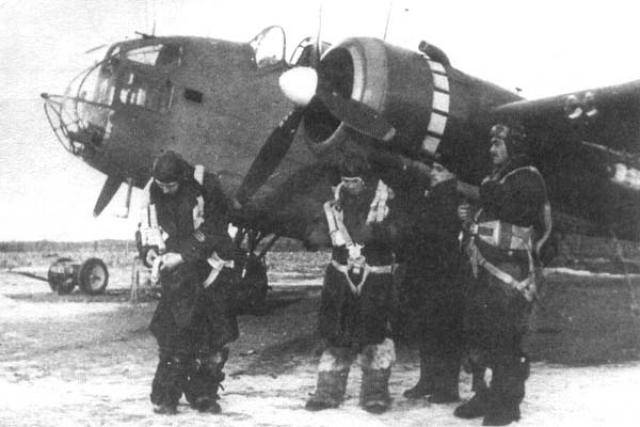
On December 18, a combat debut took place, when one IL-4 and one Hampden flew out to a “free hunt” for enemy ships found in the Tanafjord area, and in 11 h. 33, m. Were attacked at the fjord entrance two vehicles from the 4- distance 5 cab. and height 30 m. Confirmation of the effectiveness of the attack was not.
By 1 February 1943, only the Hampden 11 remained in the regiment. Due to the lack of spare parts, there were no more than five combat-ready ones. At the same time, the remaining machines were refined - the wing tanks were equipped with a filling system with exhaust gases to reduce fire safety in the luminaire, the chassis were refined and reinforced, the upper turrets with 7,69-mm Vickers were replaced with UTK-1 towers with an UNT 12,7-mm machine gun.
In attempts to find confirmation of the effectiveness of the combat use of the Hampdens, I was able to find only one reliably confirmed case.
On April 25, five “Hampdens” took off with torpedoes to attack enemy ships in the Gamvik area, accompanied by six Pe-3. In 13 h. 00 min. they attacked this convoy, which was marching in two groups in the Kongsfjord area. According to reports from pilots and undercover intelligence, two vehicles and two guard ships or minesweepers were sunk. In air combat, one Non-115, one Me-110 and two of our Pe-3 were shot down, and the anti-aircraft artillery of the enemy ships was hit by the lead torpedo bomber.
In the “Military Chronicle of the Navy” this case is described as follows: “At the time of the attack on the engine of the aircraft of the leading group of captain V.N. Kiselev hit the projectile. But, despite the fact that the entire plane was engulfed in flames, the North Sea residents did not turn off the combat course and, having broken through the fire curtain supplied by enemy ships, dropped a torpedo on the cargo ship “Leese” with a capacity of 2624 brt from the minimum distance. Having flown over the masts of sinking transport, the crew sent its plane to the nearest escort ship, but, not having reached it several tens of meters, the torpedo bomber fell into the water. ”
Three crew members of the deceased aircraft 24 July 1943 was awarded the title Hero of the Soviet Union.
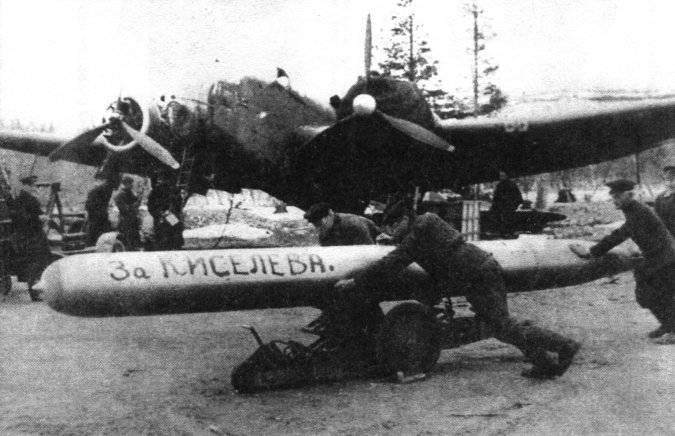
In addition to the transport "Leesee" 25 April, the transport "Sturzsee" was sunk with a capacity of 708 brt.
These are the only two losses of the Germans in the north, confirmed on both sides, where Hampden torpedo bombers took part.
At the beginning of July 1943, the material part of the 9-th gmtap was completely updated. The last and long-time defective Hampden was decommissioned on July 10 1943.
So ended the service of the torpedo bomb "Hampden" in the Soviet Air Force of the Northern Fleet. Tellingly, around this time Hampden ended his service in the Royal Air Force of Great Britain.
Did this plane have positive sides?
According to the pilots, yes. Hampden had a very good overview. Plus, good wing mechanization, equipped with slats for almost the entire length, allowed the aircraft to take off using all the 550 meters of the runway.
View from the navigator's cabin
The downsides were a frank low speed (40-50 km / h less than IL-4), almost two times smaller than the IL-4 range, the plane was very strict in control and had poor maneuverability, especially at low altitudes. And so worse that the pilots were not recommended to perform sharp maneuvers in the horizontal. Can not be called good and crew protection.
It has even occurred to anyone that this can be used as a torpedo bomber who must break through the enemy’s air defense, maneuvering and dodging, will remain on the conscience of the British.
Unfortunately, due to the lack of torpedo bombers at that moment, our pilots had to fight on a machine that was frankly weak and unsuitable for this. Probably because the list of dead crews is much larger than the list of victories won.
By the way, it was the episode with the participation of “Hampden” that became the basis for the plot in the movie “Torpedo Bombers”. 14 January 1943 two Hampden discovered a caravan of seven ships. Captain Bashtyrkov's plane was shot down by escort ships when entering the attack. The flaming torpedo bomber did not turn off the combat course, and before falling into the sea, he managed to drop the torpedo through transport. The second Hampden, led by captain Kiselev (later the Hero of the Soviet Union posthumously), despite the damage, returned to his airfield. The crew commander A. A. Bashtyrkov and the gunner-radio operator VN Gavrilov were posthumously awarded the title Hero of the Soviet Union.
However, in the film based on the materials of the correspondents of Red Star, Lee-2, made up for IL-4, took part as an airplane. Indeed, the same hero pilot could not fight on a "foreign car" ...
Another page in the stories about what our ancestors had to fight on. Not the most, I must say, joyful. But alas, it is. They fought on what was, but what was not always an excellent technique is a fact.
You can talk for a long time (and reason so far) about everything that came to us (especially from the British) from imported weapons. But the fact that several dozen of our pilots (not the worst, young or unprepared) simply died without causing any damage to the enemy because they fought on frank slow-moving coffins, this is worth remembering.
Whose fault is here, ours, who did not have time to release more good airplanes, or the British, who sent us frank trash, to the dead pilots did not care. The feat was already the fact that they went into battle, hoping to win, but well aware of how small the chances are.
And the burning Hampdens fell into the icy arms of the northern seas.
Ivannikov S. Chronicle of a flying suitcase.
Directory of losses of the naval and merchant fleets of Germany and its allies suffered from the Soviet Navy in the Great Patriotic War 1941-1945.
Shirokorad A. Torpedo.
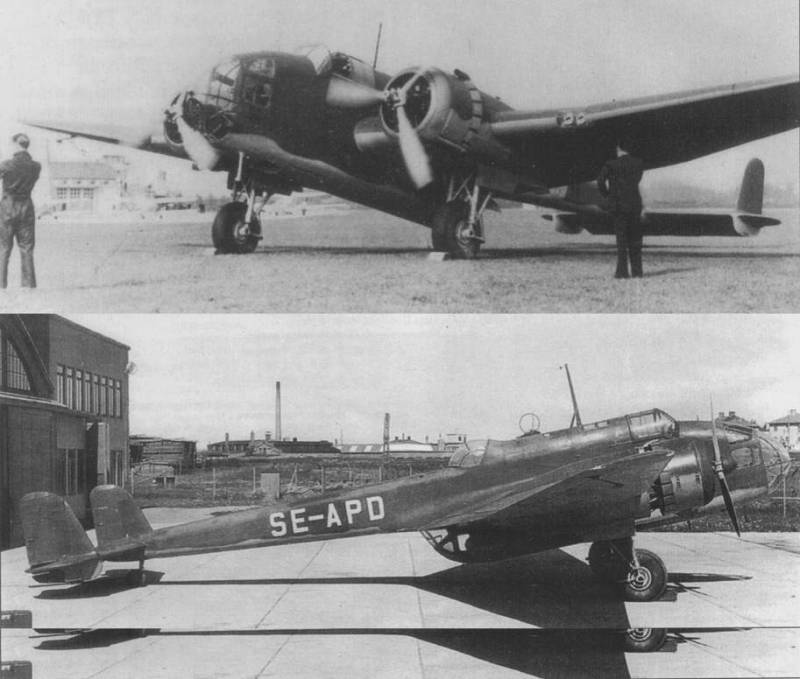
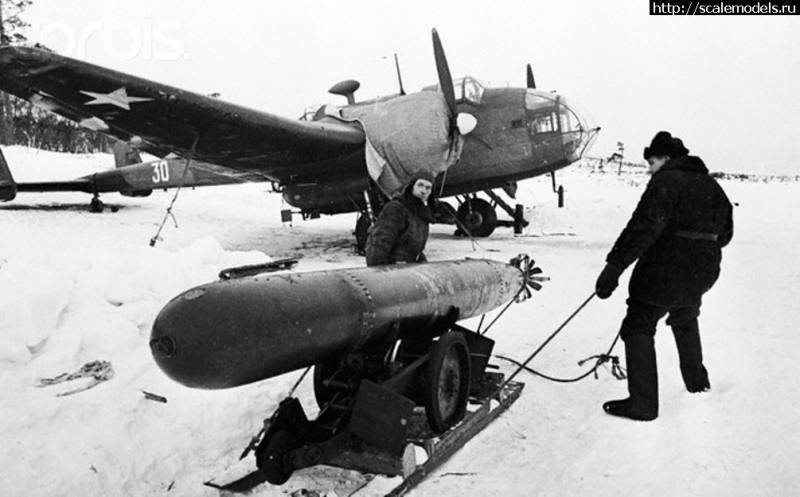
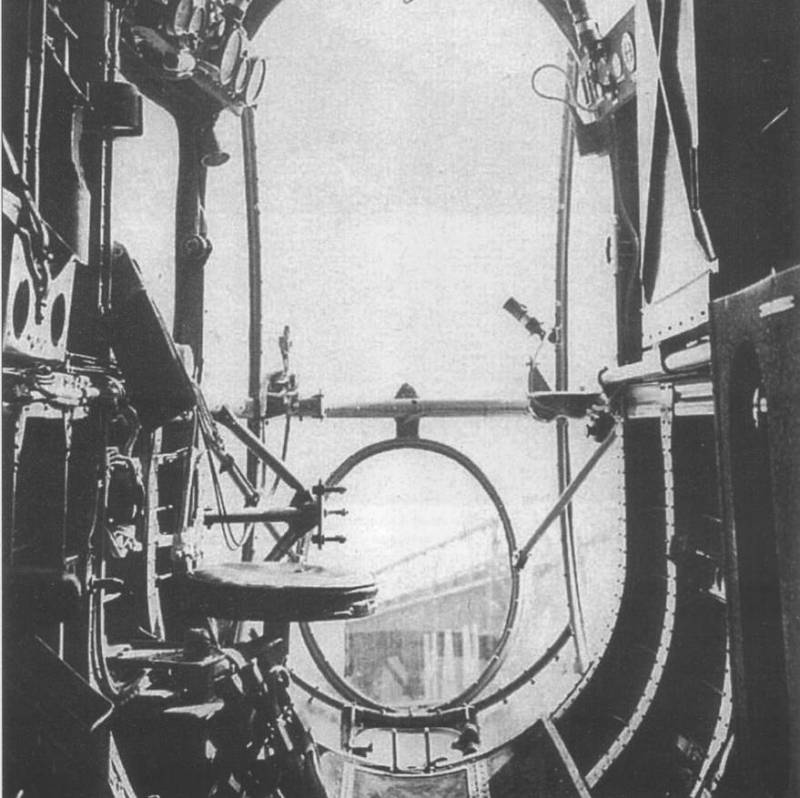
Information